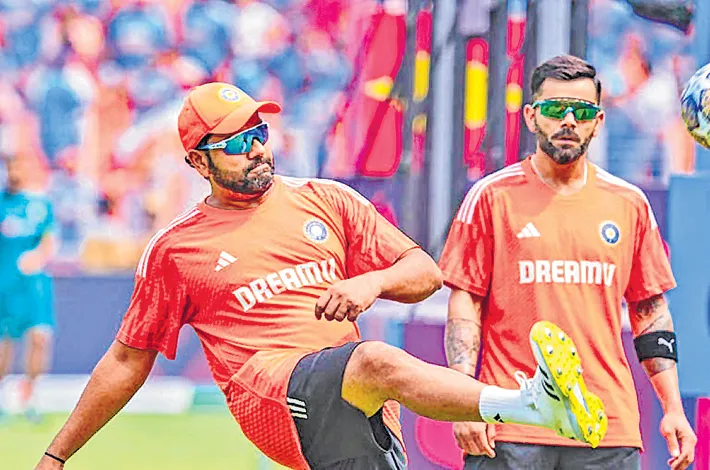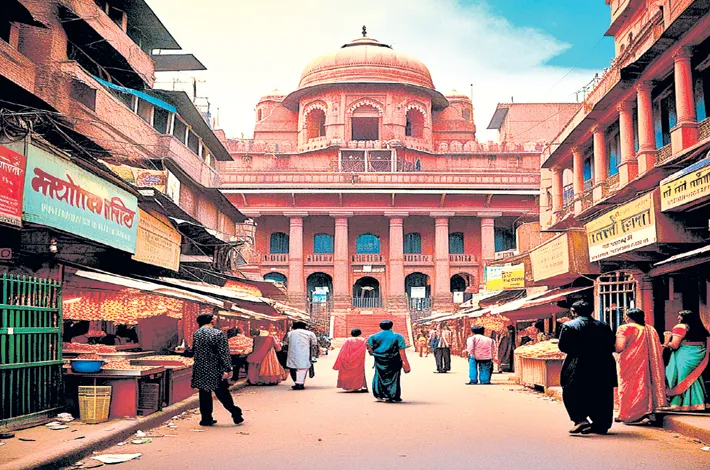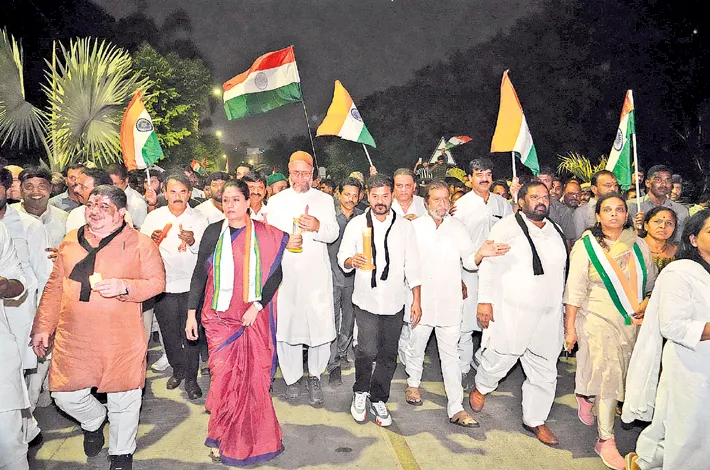Gavaskar’s lesson for players: Retire at peak, not when in decline
09-01-2025 12:00:00 AM

Why graceful exits elude today’s cricket icons amid fame, perks, and fear
"Retire when people ask why, not when they ask, why not?"— Sunil Gavaskar
Playing for the Rest of the World against MCC to mark the MCC Bicentenary on August 21, 1987, Sunil Manohar Gavaskar called a press conference at the end of the day and stunned the cricketing world by announcing that it was his last Test (First-Class cricket appearance) and that he would not play any more Tests.
He was batting on 80, and the following day, the maestro added 108 runs to his overnight score, finally getting out with a personal score of 188, facing an attack that comprised Malcolm Marshall, Richard Hadlee, and Clive Rice.
There couldn't have been a better way to call it off than by hitting a masterly 188 after playing 16 years of competitive cricket. This is what we call 'a sense of timing,' not just in batting but also in retiring.
To retire at the zenith of one's career is not just a timely decision—it's an art very few are good at. Humans have this rather undesirable proclivity to go on and on, wanting to remain in the limelight forever.
There are two things humans often falter at: in other words, we don't know those two precise psychological moments—when to say nothing and when to retire. Only legends like Gavaskar, Sobers, Bradman, Richards, Sangakkara, or AB de Villiers possessed the perfect judgment and sense to retire at the pinnacle of their cricketing prowess.
But in the Indian context, not many cricketing greats after Sunny retired when they were at the peak of their careers. Instead, they dragged themselves on a bit despite their waning form.
This is happening even at the moment. At least a couple of cricketers are now past their prime, having admirably served the country for years, yet they dither over their decision to hang up their boots and bats once and for all. The question is: why don't many of them retire gracefully?
Today, cricket is not just a passion. It's a profession and a constant source of income, not only for a bunch of popular cricketers but also for their sponsors and advertisers.
Today, sports celebrities are much more than independent individuals—they're commodities and merchandise. Sports, especially cricket, is now a business, and a 'celebrity' cricketer is integral to that business. Even if a player wants to quit (though that's rare!), they're often not allowed to quit.
Moreover, with cricket come perks and popularity. Players know that public memory is woefully short. Once they're out of the arena, they'll be forgotten—seldom seen, soon forgotten.
Accustomed to constant adulation, affluence, and appreciation, the very apprehension of losing it all with retirement prevents many cricketers from taking a final call. Having played cricket for many years and excelled in it, some players even get habituated to failures! The decline in form doesn't worry them.
An audacious feeling that selectors can retain or reject them becomes overwhelming. So, nowadays, players don't retire on their own—they're either nudged to perform or perish.
This attitude to dig their heels in and stick around makes cricketers resistant to retirement. They're not bothered that their statistics and records are deteriorating. The only objective is to retain their place by hook or by crook.
But this increasing trend of staving off retirement is now pervasive in every sphere. Even celebrities from the entertainment world and other realms tend to overstay their welcome, remaining despite their declining performance.
This brings to mind Dorothy Parker's famous lines: "Some people think that they still have that fire,So they remain there and never retire." All these celebrities, unwilling to leave and well past their prime, must realize that their 'fire' is already extinguished. It's, therefore, time to pave the way for others.








